removing john boos 'varnique' finish
mally
17 years ago
Featured Answer
Comments (19)
Jon1270
17 years agomike_kaiser_gw
17 years agoRelated Professionals
Palos Verdes Estates Cabinets & Cabinetry · Plymouth Cabinets & Cabinetry · Livingston Carpenters · Loveland Carpenters · Tualatin Carpenters · Cleveland Flooring Contractors · Fort Pierce Flooring Contractors · Mountain Top Flooring Contractors · Redmond Flooring Contractors · South Peabody Flooring Contractors · The Crossings Flooring Contractors · Duluth Furniture & Accessories · Long Beach Furniture & Accessories · Midland Furniture & Accessories · Shakopee Furniture & Accessoriesmally
17 years agoJon1270
17 years agosombreuil_mongrel
17 years agoJon1270
17 years agomike_kaiser_gw
17 years agomally
17 years agobunnnnee
17 years agomally
15 years agobobismyuncle
15 years agoirish-kevin
12 years agoM. Camarillo
3 years agotexas76248
2 years agoM. Camarillo
2 years agotexas76248
2 years agoM. Camarillo
2 years agotexas76248
2 years ago
Related Stories
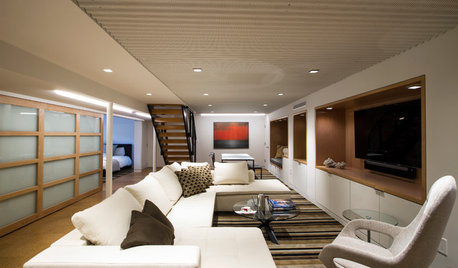
BASEMENTSBasement Becomes a Family-Friendly Lower Level
A renovation creates room for movie nights, overnight guests, crafts, Ping-Pong and more
Full Story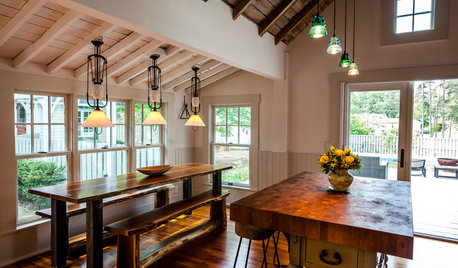
KITCHEN DESIGNKitchen of the Week: Rustic Space Opens to Herb and Vegetable Gardens
Well-chosen recycled and repurposed features create a North Carolina cottage kitchen with a distinctive look and personality
Full Story
MOST POPULARYour Guide to 15 Popular Kitchen Countertop Materials
Get details and costs on top counter materials to help you narrow down the choices for your kitchen
Full Story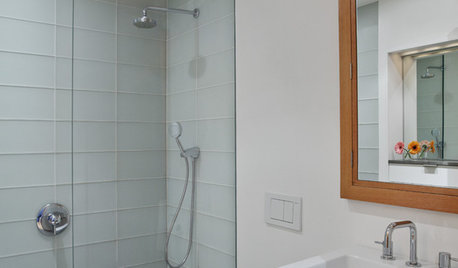
BATHROOM DESIGNConvert Your Tub Space to a Shower — the Planning Phase
Step 1 in swapping your tub for a sleek new shower: Get all the remodel details down on paper
Full Story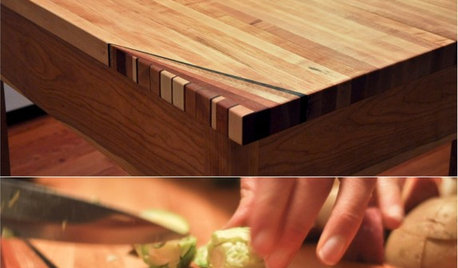
WOODWORKINGHow to Clean and Care for Your Butcher Block
Keep butcher block counters and boards looking sharp as a knife — and sanitized for safe food prep — with this advice from a pro woodworker
Full Story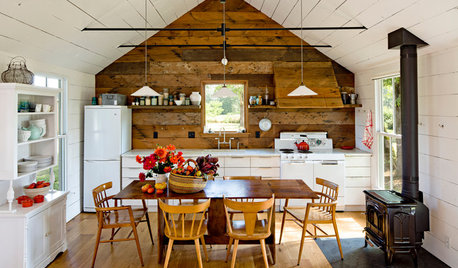
KITCHEN DESIGNA Single-Wall Kitchen May Be the Single Best Choice
Are your kitchen walls just getting in the way? See how these one-wall kitchens boost efficiency, share light and look amazing
Full Story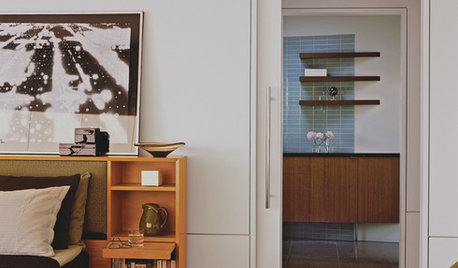
ARCHITECTUREThe Truth About 'Simple' Modern Details
They may look less costly and easier to create, but modern reveals, slab doors and more require an exacting hand
Full Story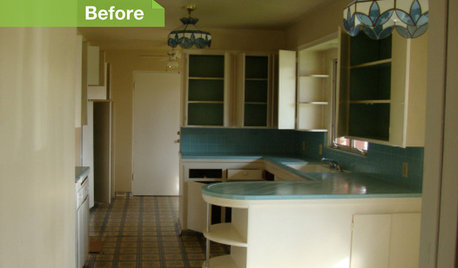
KITCHEN DESIGN24 Dramatic Kitchen Makeovers
From drab, dreary or just plain outdated to modernized marvels, these kitchens were transformed at the hands of resourceful Houzzers
Full Story
HOME OFFICESQuiet, Please! How to Cut Noise Pollution at Home
Leaf blowers, trucks or noisy neighbors driving you berserk? These sound-reduction strategies can help you hush things up
Full Story
TASTEMAKERSPro Chefs Dish on Kitchens: Michael Symon Shares His Tastes
What does an Iron Chef go for in kitchen layout, appliances and lighting? Find out here
Full Story





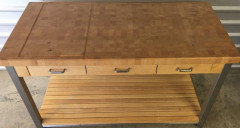




Raleigh Burns